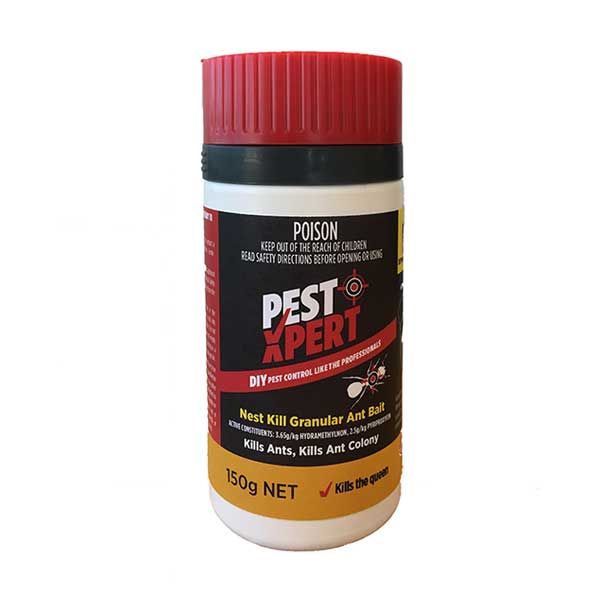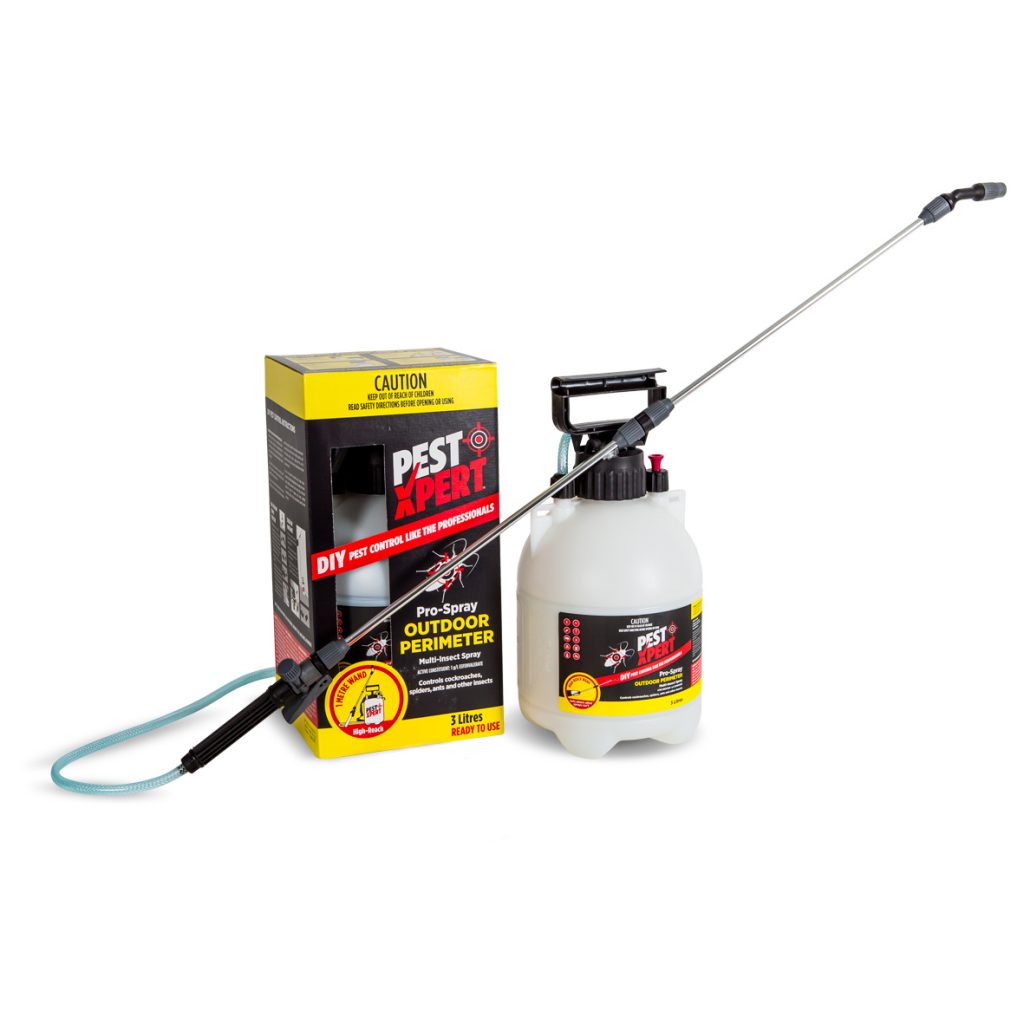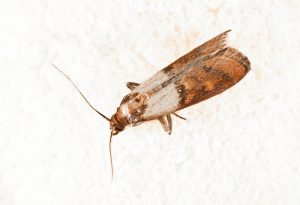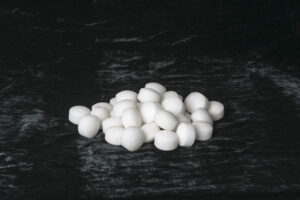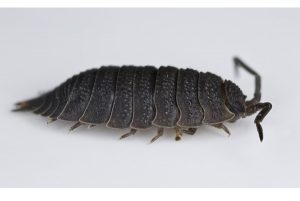
Types of Black Ants in the House and Yard
Finding black ants in the house is a pretty common problem. However, getting rid of the ants isn’t always that straight forward. To get control you need to be able to identify the ant species and know a bit about its behaviour, so you know which products to use and where to apply them. Here is some information on four common black ants found around homes in Australia, with some tips on how to treat them.
Black house ant
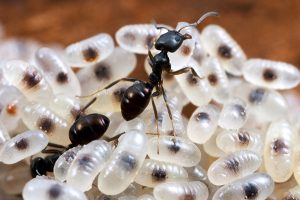
The black house ant is found all over Australia. They build a single nest, with a single queen, with the nest getting larger over time. Although they will normally nest outside under rocks and logs, they are quite happy to build their nests in wall voids or in the roof cavity under insulation. They will create long foraging trails from the nest to their food sources.
Although they are called black house ants, they can have a bit of a dark brown colour, but certainly at quick glance they are a shiny black ant. They can be easily confused with the white footed ant (below) as the end of their legs can also be a paler colour. The key characteristic to look for is a single, flat petiole – a flat vertical body part in between the abdomen and thorax (you will need a magnifying glass or zoom in on your phone camera!).
The best way to treat these ants is to place a sugar-based ant bait along their foraging trails. Once they have taken all the bait, if you’re keen to get the numbers down immediately, you can spray any trails on the outside of the building with a product such as PestXpert Pro-Spray Outdoor Perimeter.
White-footed ant
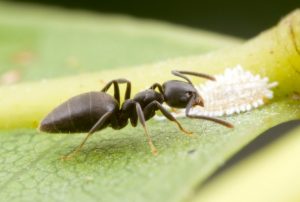
The white-footed ant is a common ant throughout the east coast of Australia. It is a very difficult ant to control, primarily because the colony does not have a single queen, but consists of approximately 50% intercastes – workers that are also reproductive females. This is important, as to eliminate a colony you need to kill all the ants that can lay eggs, so the nest cannot recover. For ants with a single queen it’s relatively straight forward, for white footed house ant nests, with all their reproductive, this can be a challenge, even for professionals!
White footed ants will often build arboreal nests (in trees) and so are quite happy to also build nests in wall voids and roof cavities. They can create very large nests and will develop well-formed and long-lasting foraging trails. They are a dull, black ant with pale ends to their legs. The have a large, teardrop-shaped abdomen.
Although these ants are sugar feeders, to gain control using a sugar-based bait is very difficult, as you need all those reproductives to eat the bait… it will take a lot of bait to get control! It can be worthwhile taking some time to try a locate the nest. If the nest can be found, a direct insecticide treatment with PestXpert Pro-Spray Outdoor Perimeter will do the job. Otherwise, the recommended first step is to reduce their numbers down before applying a bait, so using PestXpert Pro-Spray Outdoor Perimeter to spray all trails and areas of activity is a must. Follow up a day or two later with a suitable bait. If the nest is outside the building, a perimeter insecticide treatment 1m up the walls and 1m out from the building edge, and around potential entry points, should keep the ants out.
Tyrant ants
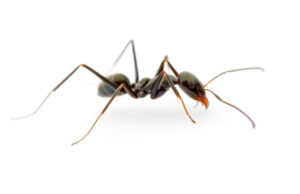
Tyrant ants are a group of ants container a number of species, which vary in size and colour. If you find small black ants in the lawn, the likelihood is that it is one of the tyrant ant species. One of the most common species Iridomyrmex bicknelli, the black trail ant which can be found in lawns and forming trails onto nearby plants. They eat a wide range of baits, so PestXpert Nest Kill Ant Bait can be an option to sprinkle over lawns. Spraying the ground in infested garden beds can also be part of the treatment program. They don’t often enter homes, but a perimeter spray treatment can be effective in keeping them out of the building.
Green-head ants
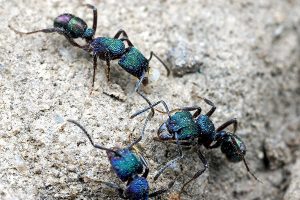
Perhaps the most common lawn ant that annoys homeowners is the green-head ant. Although it does have the distinguishing iridescent green / purple colour, it is predominantly a black ant. Apart from its distinctive appearance, it delivers a very painful sting. Green-head ants are predominantly protein feeders and so sugar baits are ineffective. PestXpert Nest Kill Ant Bait, with two different food granules (one of which protein based), is an ideal control option – just sprinkle in areas of activity and the nest should be eliminated within a week.
General ant control tips
To providing a lasting solution to ant problems it is necessary to kill the nest. Baits are the best way to do this. However, it is important to choose the right bait for the ant species causing the problem. Generally speaking, many of the ant species causing problems indoors will take sugar-based baits and outdoor ant species tend to be more protein and oil feeders, for which PestXpert Nest Kill Granular Ant Bait is ideal. Some species of ants infest whole neighbourhoods and have multiple nests, containing multiple queens, all part of the same colony. In such situations regular treatments are required, as even if you eliminate ants from your property, ants will reinvade from surrounding areas over time.
To keep ants out of the house a spray treatment around the perimeter of the building and around all entry points is very effective. It is important to make sure the spray goes 1m up the outside wall and 1m out into the garden beds. It may be necessary to respray every 3-6 months. PestXpert Pro-Spray Outdoor Perimeter is the ready to use professional formulation that is specifically designed for these spray treatments.

